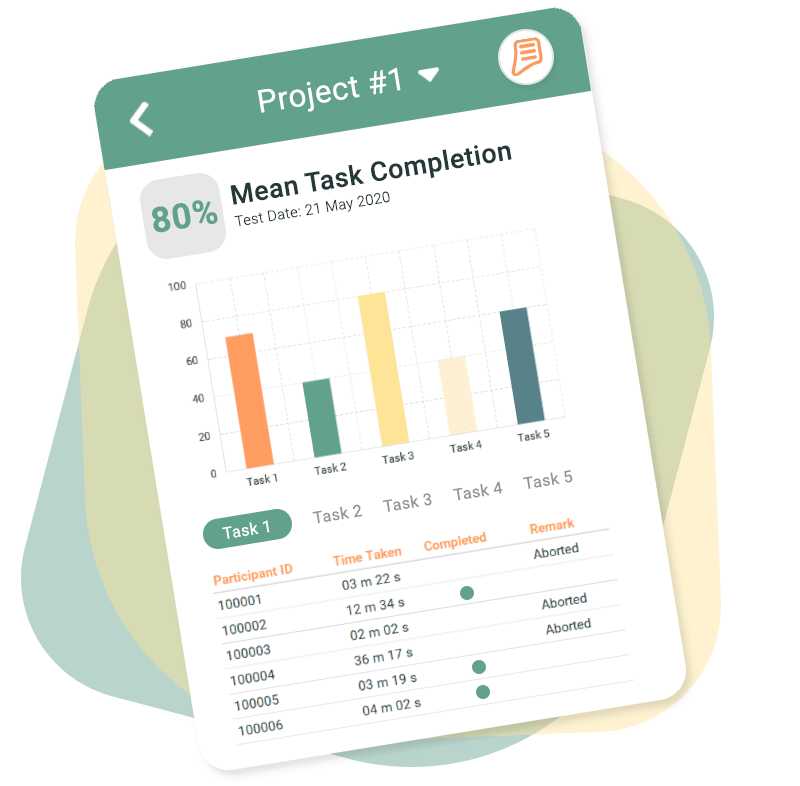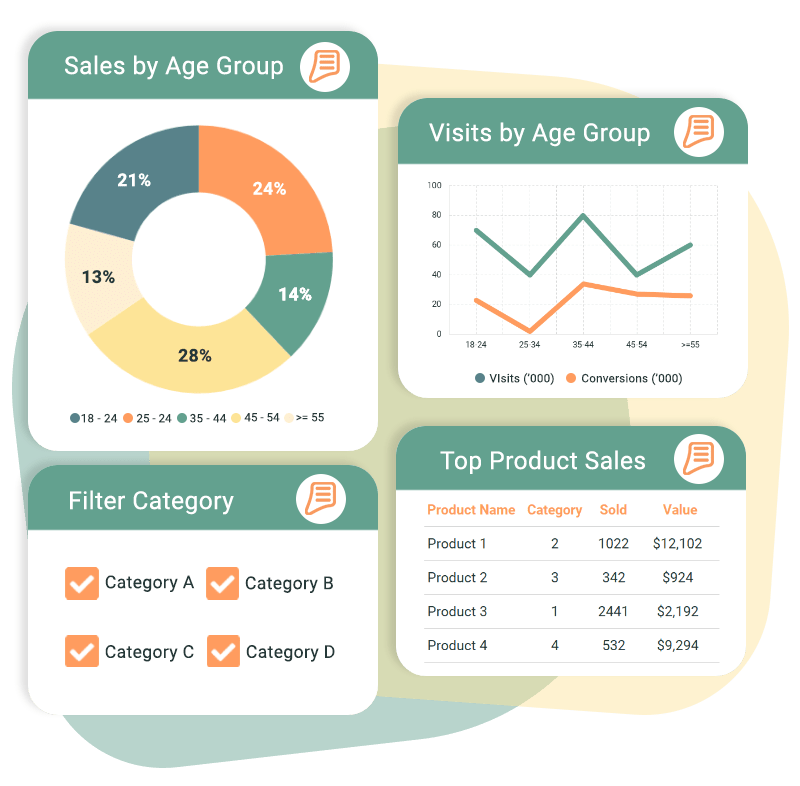We conduct objective user experience research and user research by carefully selecting from a range of qualitative and quantitative methods to learn users’ ever-evolving attitudes and behaviors.

Our UX research and user testing services gather valuable data and inputs from your users in order to make informed and impactful business decisions. The following research methods, including both generative research and evaluative research, are sorted according to their corresponding design phases:
It is important to select the most suitable research method or a combination of research methods from the onset to maximize the research outcome.
Epitomist helps you to select the best research methods to suit your objective. We provide an end-to-end service from designing the UX research and methodology, recruiting participants, moderating and executing the research sessions, to reporting.
For reference, the 3 factors below may affect the selection of methods:
